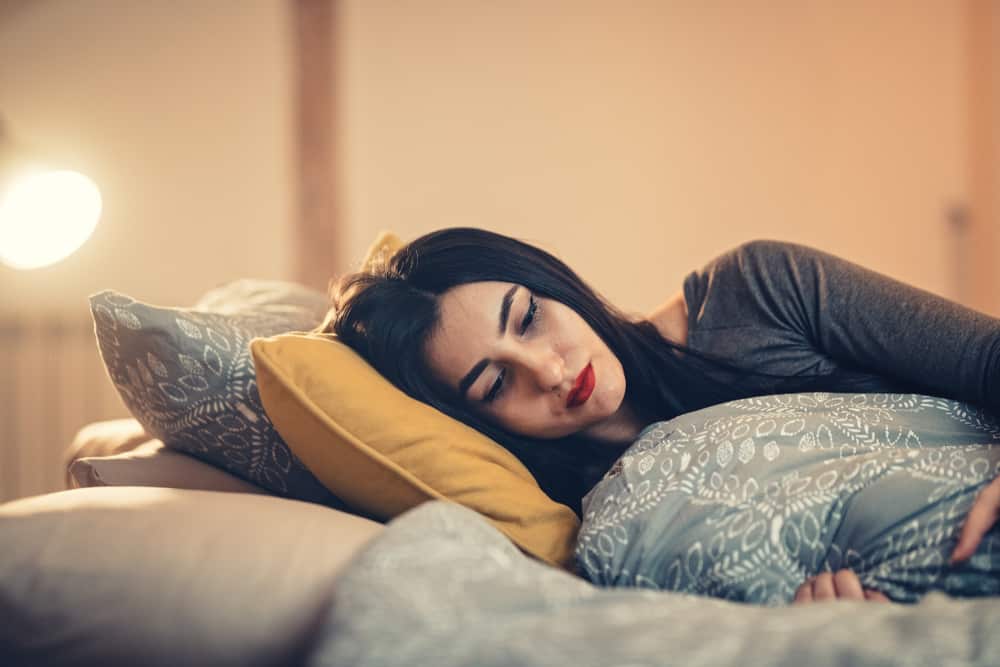
Sexual problems are highly prevalent in women with an estimated 40% of women reporting concerns in one way or another. This can take many forms including a lack of sexual desire, impaired arousal, the inability to achieve orgasm, or pain with sex. Depending on the primary concern, the diagnosis and treatment will vary.
A sexual “disorder” is persistent or recurrent and causes distress to you. It may have an impact on your relationship with your partner. Issues concerning desire, arousal, orgasm or general decrease in sexual satisfaction can be related to other medical conditions. For this reason, these concerns should be brought to the attention of your gynecologist so evaluation can be started and treatments discussed.
Hypoactive Sexual Desire Disorder (HSDD) or “female sexual interest/arousal disorder” is a condition which includes, among other symptoms, decreased interest in sexual activity. It may manifest in reduced initiation of sexual activity or being unreceptive to a partner’s attempts to initiate sexual activity. Everyone’s level of interest in sexual activity is different and if this is not concerning or causing distress to you then it should not be considered a problem. If, however, you find this lack of interest distressing or find it impacts your relationship, then there are possible treatments available.
Non-medical therapies are available, and often these are sufficient depending on the root cause of the issue. These can include counseling or pelvic floor physical therapy.
Painful intercourse can be the cause of HSDD. Rather, women avoid sexual activity out of fear of pain and discomfort than lack of interest. In menopause, we find that lack of estrogen leads to atrophy and thinning of vaginal tissue. We call this genitourinary syndrome of menopause. Treatments include local, topical hormones like estradiol or dehydroepiandrosterone (DHEA). Ospemifene is an oral hormone “modulator” that has an effect on vaginal tissue and is specifically labeled for painful intercourse in women. A non-hormonal and non-drug option is also available. Pulsed CO2 laser therapy like that which is delivered by the MonaLisa Touch™has shown promise in many observational studies.
HSDD that is not due to vaginal dryness and painful intercouse may be treated with an oral medication called flibanserin. This prescription medication is non-hormonal and has to be taken daily. In studies, the medication has shown modest improvements in symptoms and on average only increased satisfying sexual events by one (1) each month. In addition, the medication can cause low blood pressure and fainting. It is also advised that women not drink alcohol while taking this medication since it can make these side effects worse. Often, women do not wish to begin this treatment or continue it due to these side effects and the limited improvement in symptoms.
Low androgen levels in women may be responsible for low sexual desire and HSDD. Testosterone levels in women begin to fall as women age, similar to the decline seen in men. While there are commercially available (FDA approved) products for men, there are none in the United States for women. As well, a women’s testosterone level is about 10% that of men, so using products formulated for men poses concerns for excessive dosing. In Australia, a transdermal product (AndroFeme®) has been specifically formulated for women, but in the United States, off-label, compounded products are often used to improve the symptoms of HSDD. Adverse effects of androgen therapy in women are rare but can occur, which is why a complete evaluation of your symptoms and medical history is necessary before treatments are initiated.
There are many other options available for women with symptoms of low libido, both prescription and nonprescription, pharmacologic and nonpharmacologic. If you have concerning symptoms, please call to schedule an appointment to review.
Best,
Dr. Kaleb Jacobs
